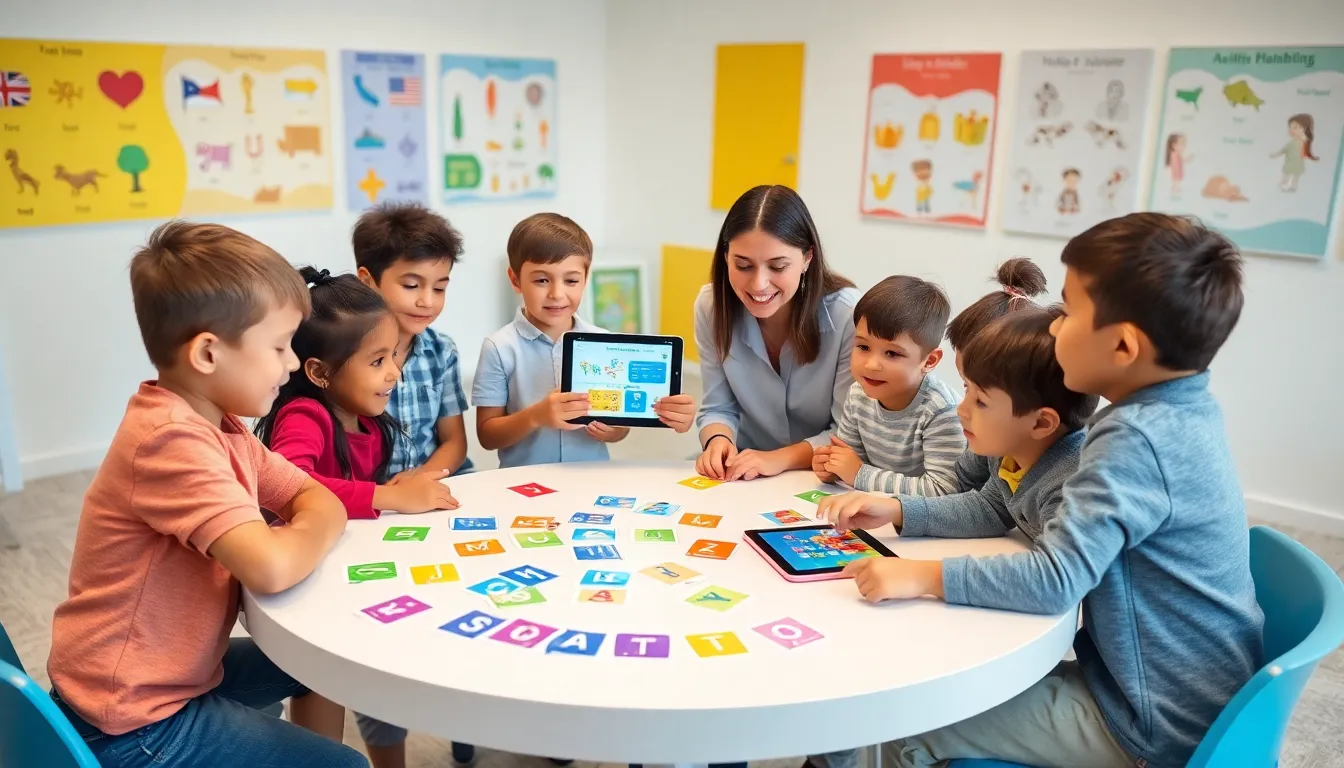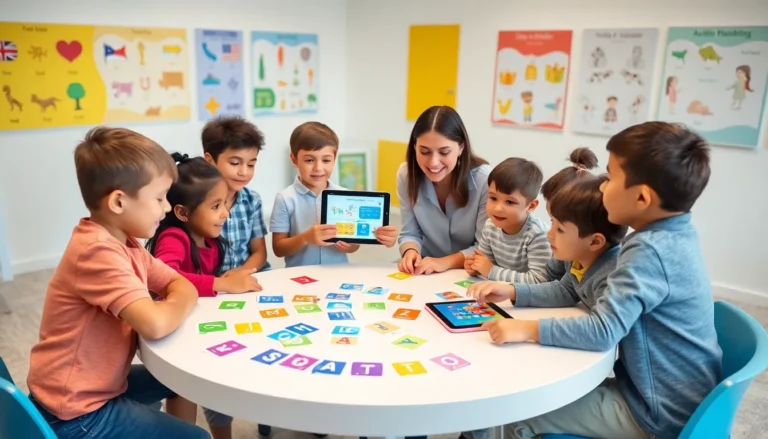Table of Contents
ToggleHave you ever wondered when the best time to learn a language is? Spoiler alert: it’s not in your 30s, sipping coffee and wishing you’d paid more attention in high school Spanish class. The concept of a critical age for learning language might just explain why our young ones are busy becoming mini polyglots while we struggle with verb conjugations. Buckle up as we explore this fascinating journey through brain development, neuroplasticity, and a few compelling real-world stories. You may not be able to turn back time, but understanding this critical period in language acquisition might at least make you feel a little better about that high school French you can barely remember.
Understanding Critical Period Hypothesis

The Critical Period Hypothesis (CPH) is a theory that suggests there’s a specific time frame during which individuals are optimally suited to acquire language. Think of it as a window that gradually closes as one ages. According to this hypothesis, if language exposure occurs outside this window, achieving native-like fluency becomes significantly more challenging. Experts generally agree that this period extends from early childhood up until puberty.
The roots of the CPH can be found in the work of linguists and psychologists like Eric Lenneberg, who theorized in the 1960s that language acquisition must occur within this critical time frame for it to be fully mastered. This idea has shaped how educators and parents think about language learning, emphasizing the power of early exposure.
Brain Development and Language Acquisition
Understanding brain development is instrumental in grasping how language acquisition works during the critical age. When infants are born, their brains possess a remarkable capacity for absorbing information. They are like little sponges, soaking up the sounds and rhythms of language.
During the early years, synapses form rapidly, creating connections that support language development. Researchers have noted that the brain’s plasticity peaks during this period, allowing for effortless acquisition of multiple languages. Imagine young children effortlessly switching between languages like a seasoned diplomat at a global summit.
While the brain continues to develop throughout life, the rate of language acquisition slows down significantly as one ages. This doesn’t mean adults can’t learn languages, it just requires more effort and often less innate fluency.
Factors Influencing Language Learning
Numerous factors influence how well an individual learns a language, particularly during that critical period. Environmental variables play a significant role, including:
- Exposure: The quantity and quality of language exposure matter immensely. Children who grow up in multilingual homes often learn languages more easily than those with limited exposure.
- Interactions: Engaging in conversations with fluent speakers enhances language understanding and usage. Social interaction boosts the learning process, turning language learning into a fun activity.
- Cognitive Development: Individual cognitive skills can determine capacity for language acquisition. Children with higher verbal intelligence may find learning languages easier than others.
These factors vary widely, making it clear that while some may sail through language learning, others might face hurdles.
Neuroplasticity and Language Learning
Neuroplasticity, or the brain’s ability to reorganize itself by forming new neural connections, plays a fundamental role in language learning. During the early developmental years, this plasticity means that a child’s brain can adapt to the sounds, grammar, and nuances of a new language.
As children become teenagers and adults, neuroplasticity continues but at a reduced level. This doesn’t signify that adults should give up on learning languages altogether. It simply implies that, as they grow, they may need more structured approaches, such as formal classes or immersive experiences, to achieve fluency.
Also, engaging in language learning can foster new neural pathways, even in adults. Daily practice, exposure, and even playing language-learning apps can all enhance their capabilities. So, whether you’re brushing up on rusty skills or diving into a new language, the brain remains adaptable.
Case Studies and Real-World Examples
Many case studies underscore the significance of the critical age in language learning. One famous example involves child prodigy and linguist Bilingual Michael who learned multiple languages before age ten and can speak fluently in five languages today. He learned these languages through direct interaction, showcasing the skills children develop when immersed early on.
Another compelling case is of Genie, a girl raised in near isolation until age 13. Even though being introduced to language during her teenage years, she struggled to acquire it, illustrating how crucial early exposure is for mastering a language.
These cases highlight the striking differences in language acquisition abilities between children exposed early versus those who miss this critical period.
Implications for Education and Parenting
Understanding the critical age for language learning carries significant implications, especially in education and parenting. Early childhood education programs that emphasize language exposure can help children maximize their learning potential. Programs incorporating music, storytelling, and interactive activities can engage young learners and stimulate language development.
For parents, the takeaway is simple: don’t wait for formal schooling to introduce languages. Engaging children with books, songs, and conversations in different languages from a young age can fortify their language abilities. The earlier children are exposed to diverse languages, the more adept they will become at mastering them.






